The picturesque mountain town of Whistler is renowned for its downhill opportunities – whether your downhill method of choice involves two wheels, two skis or a board.
But for those who prefer more leisurely recreation, there’s still a lot to love about the community.
As the last stop in a mountain-to-mountain-to-mountain summer circle tour through BC and the Alberta Rockies, we’d allocated just 24 hours to explore this popular destination. Our first visit in many years, we knew downhill mountain biking wouldn’t be on the itinerary, despite the many opportunities to do so, so what was on the agenda?
Here’s a look at our 24 hours in Whistler:
Arriving from Lillooet, we enjoyed a winding, picturesque drive through the canyons and nearby town of Pemberton, stopping to stretch our legs along the emerald waters of the aptly named Green Lake, a large glacier-fed lake about four kilometres north of the Village. While its cool temperatures make the lake less popular swimming, we saw SUP enthusiasts, paddlers and boaters enjoying the calm waters. The Valley Trail hugs the north side of the lake, while Nicklaus North Golf Course sits on the southwest end.
Whistler Village
Checking into the Blackcomb Lodge, comfortable and perfectly located in the heart of the village to make the most of our limited visit.
With any destination, a walkabout is often the best way to get your bearings – and definitely appreciated after a drive. Immensely walkable, with its meandering paths and routes, Whistler is fun to explore, but it will help to pick up a map to guide your explorations between Whistler Village, Village North and the Upper Village.
As we strolled the pedestrian thoroughfares, we soaked in the mountain resort ambience, where lifts and gondolas deliver skiers and cyclists right from the village to the waiting runs.
While the shops closed early during our visit – presumably due to the impact of COVID-19 – a vast selection of pubs, cafés and restaurants were bustling. After a day on the road, we selected a casual option for Night 1, settling in for a local brew on the patio overlooking one of my favourite spots in the Village, a beautifully planted river water feature.
A light dinner, and it was time to plan for the next day’s adventures.
Discover Whistler beyond the mountains
Having taken advantage of gondola views during our previous visits, including Whistler’s breathtaking Peak to Peak experience, we decided to stay grounded this time. After a morning coffee and yummy chocolate croissant from Moguls Coffee House, we headed about 6 kilometres south along the Sea-to-Sky Highway to the trailhead for the Train Wreck Trail. (Turn onto Legacy Way, then Jane Lakes Road where a small parking lot accommodates hikers.)
An easy walk of about 1 kilometre along a well-maintained sloped trail through West Coast forest took us to a sturdy suspension bridge across the fast-moving Cheakamus River. Across the water sits your destination: the remainder of a 1956 train wreck.
The train had started in Lillooet, loaded with lumber bound for Vancouver. Behind schedule, the crew tried to make up time, and with the train travelling more than twice the speed limit, one of the engines jumped off the track at a sharp curve, with 12 boxcars derailed, some blocking the track for days.
While five boxcars were salvageable, the remaining seven were too damaged. Stripped of all useful material, they were dragged out to this destination – the quickest way to get the trains back on schedule. Nature took its course, and over the years, the site has become a local destination for hikers, history buffs and graffiti enthusiasts, who continue to leave their colourful calling cards on the wrecks.
For the route back, we opted for more rustic trail along the river; alternatively simply retrace your route back up to the trailhead, or connect with the Sea-to-Sky Trail for further adventures.
Cultural explorations
Back in Whistler, it was time to explore one of the highlights of the trip, the Squamish-Liloet Indigenous Cultural Centre.
Located on six forested acres along Fitzsimmons Creek in the Upper Village, the impressive cedar and glass building echoes a Squamish Longhouse and Lil’wat Istken (earthen dwelling); inside, discover an exceptional display of artifacts, artwork and exhibits exploring the heritage and living culture of the Squamish and Lil’wat First Nations. Guided tours are available, included with admission, or enjoy a self-guided browse.
Entering through the Great Hall, with its 22-foot-high ceilings and curved 220-foot glass plank walls, enjoy hand-carved cedar welcome figures, pictograph-embossed boulders, massive spindle whorls and a series of cedar canoes. Upstairs, in the temporary exhibit space, we enjoyed Sqātsza7 Tmicw – Father Land, showcasing the multi-disciplinary genres of Lil’wat artist Ed Archie NoiseCat, including limited-edition print, woodcarving, metalwork, glasswork and handcrafted jewellery, on exhibit through February 2021.
An on-site theatre shares a film each hour, and the Thunderbird Café offers a unique menu inspired by traditional Squamish and Lil’wat Nation cuisine.
Outside, find a longhouse, pithouse and access to a short Salish Stroll, sharing some of the common uses and characteristics of some of the native plants. (Guided forest walks, included in the price of admission, are also available Thursday to Sunday at 11 a.m. and 3 p.m.) Indigenous artists were also at work during our visit.
A fine finish
For dinner it was cultural explorations of a different variety: Basalt Wine & Salumeria, featuring Old World-inspired menus with a modern, West Coast influence. On our menu tonight was a tangy kale Caesar salad, delicious with chickpea croutons and crispy charcuterie bits, and a shared Basalt Board – nostrano, cacciatore and speck charcuterie, with gruyère, port cheddar and herb-rolled Happy Days goat cheese.
A full day and the perfect end to our 24 hours in Whistler!
Plan your adventures throughout the West Coast at westcoasttraveller.com and be sure to follow us on Facebook and Instagram @thewestcoasttraveller

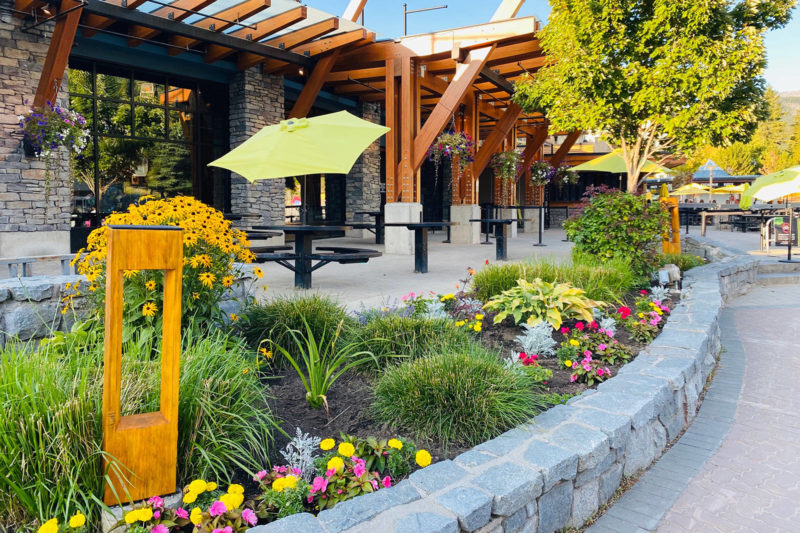


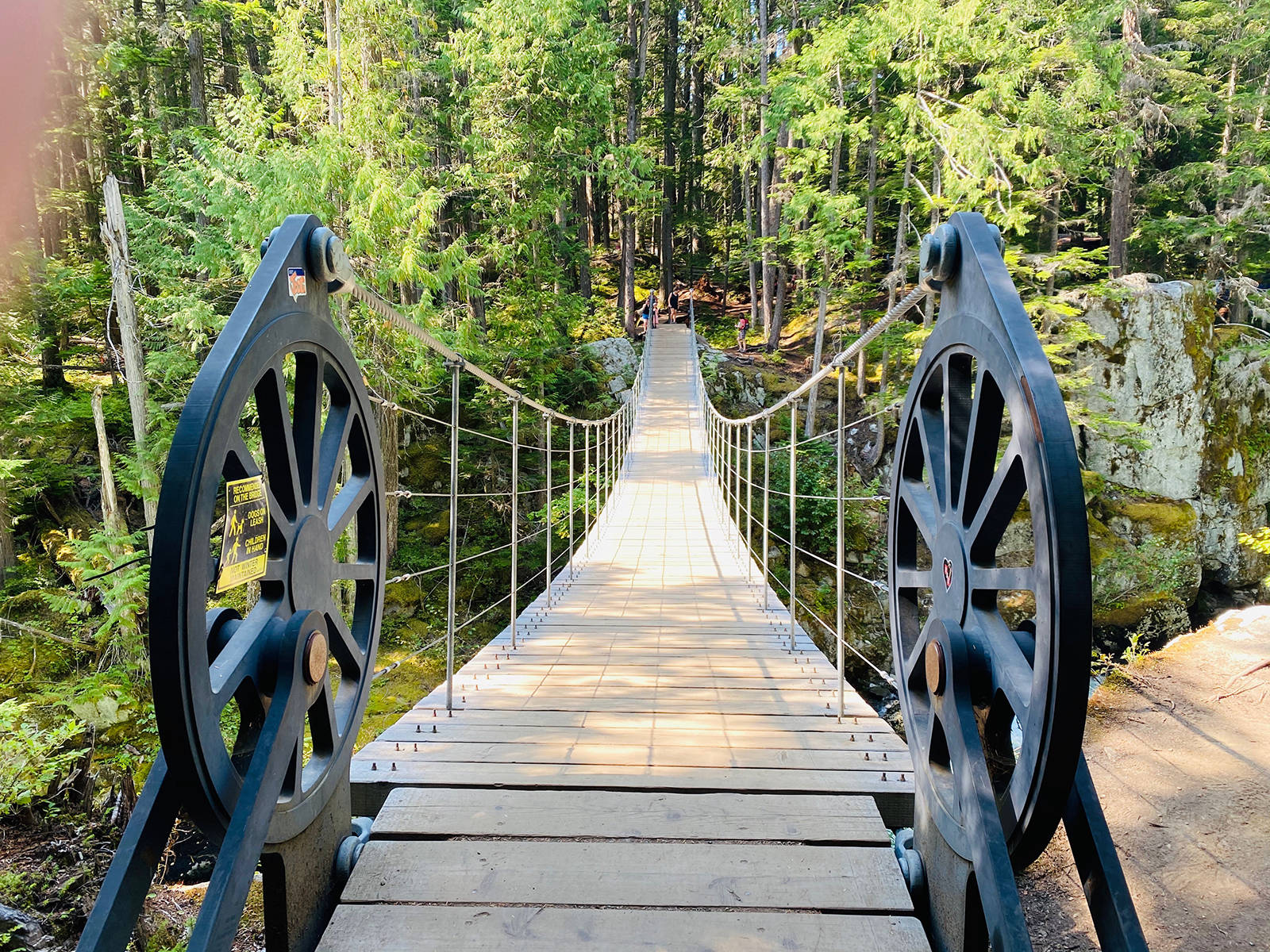

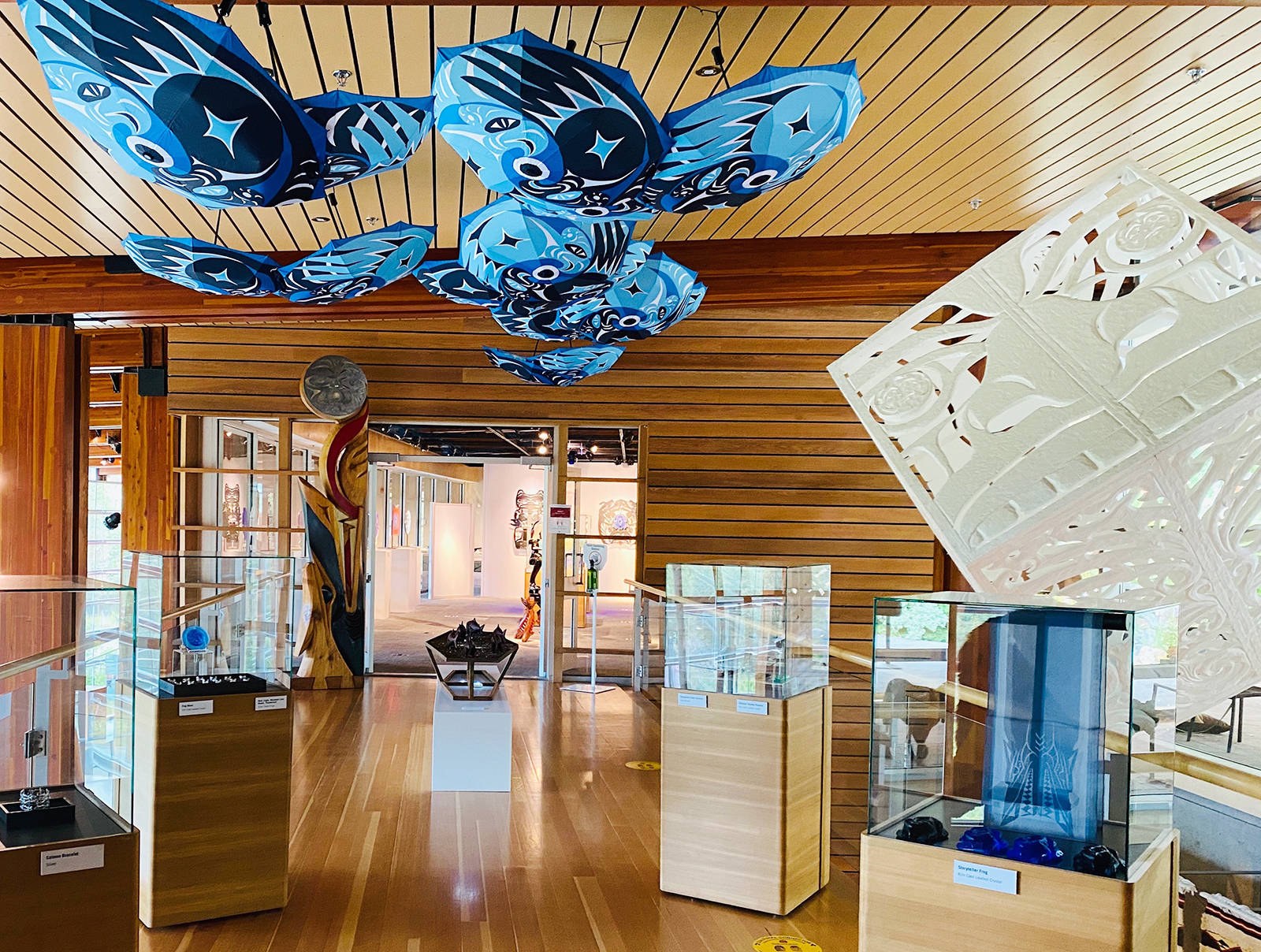
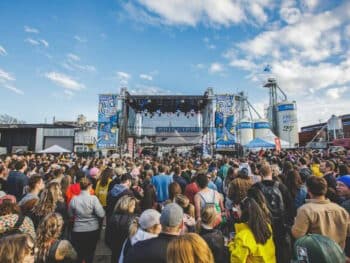
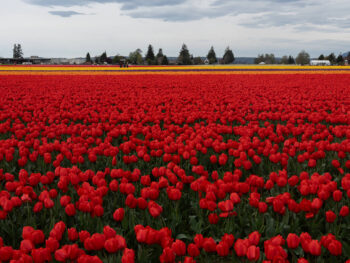

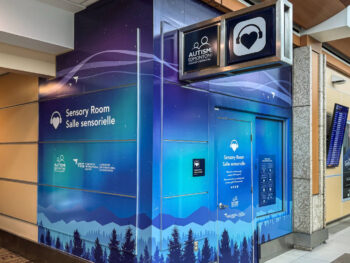
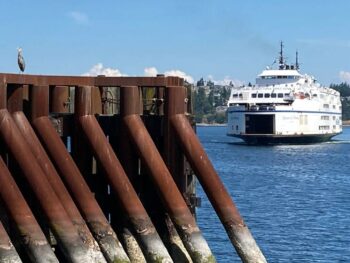
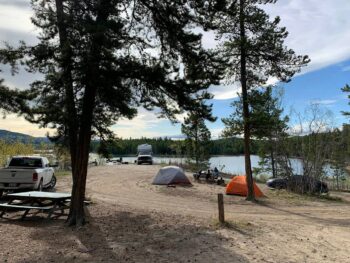
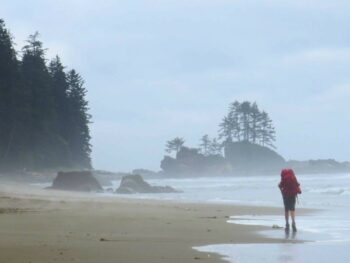
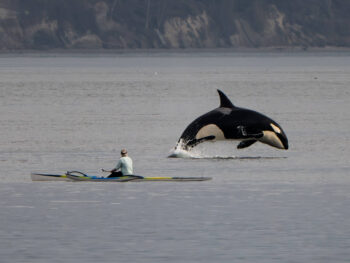
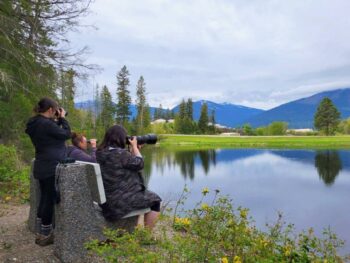
 Vancouver Island photographer self-publishes local birding guide
Vancouver Island photographer self-publishes local birding guide